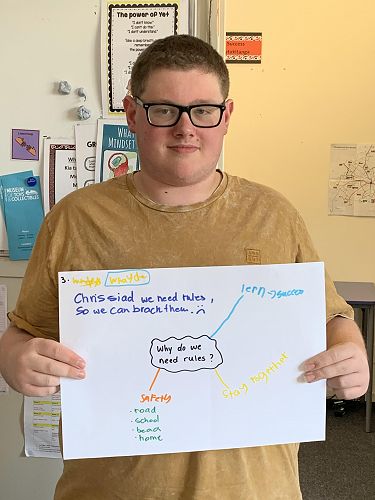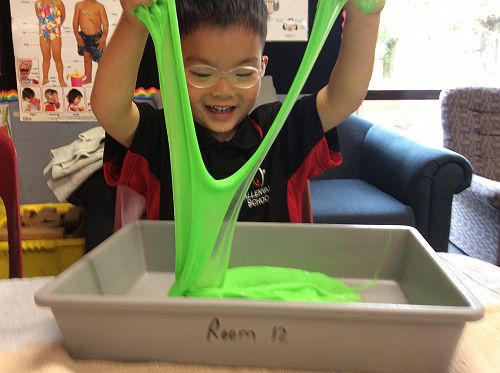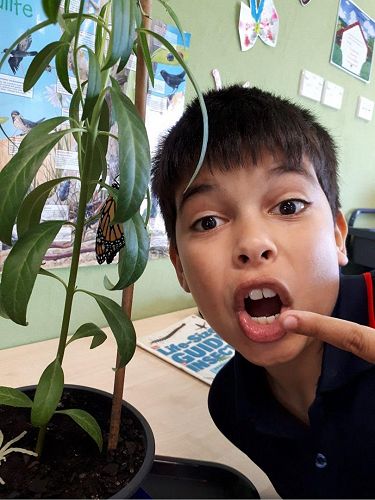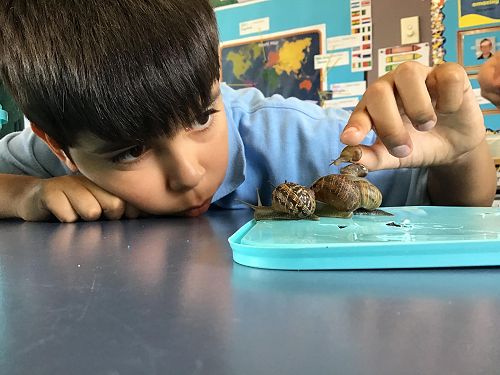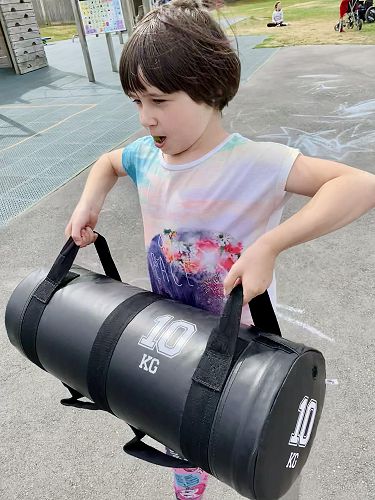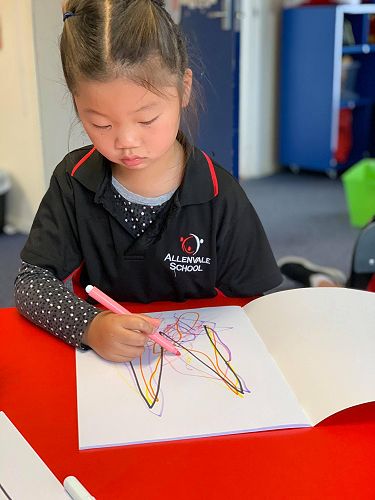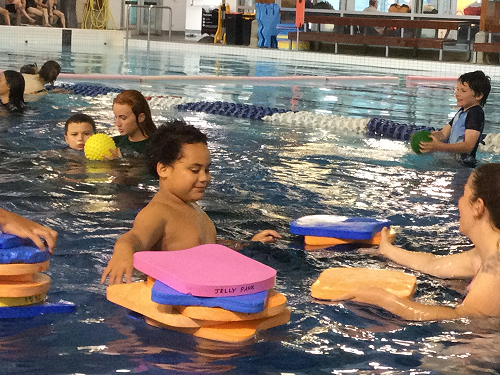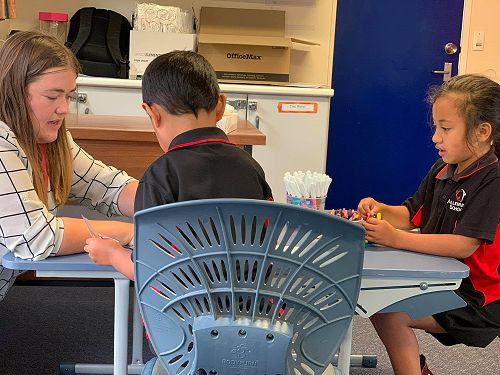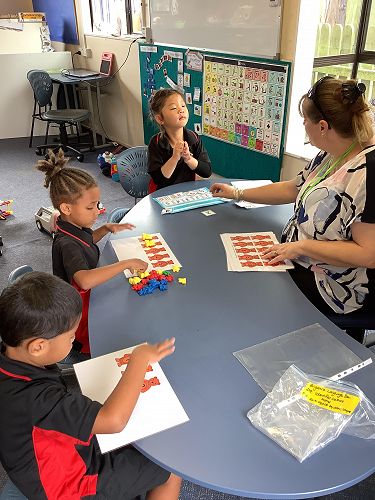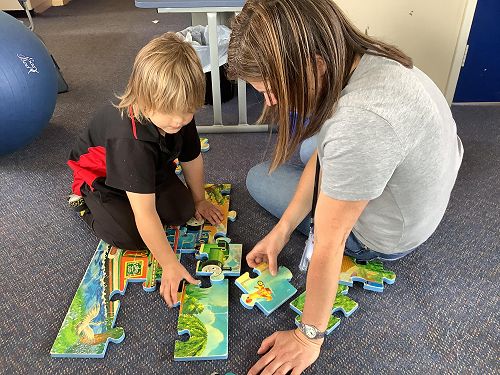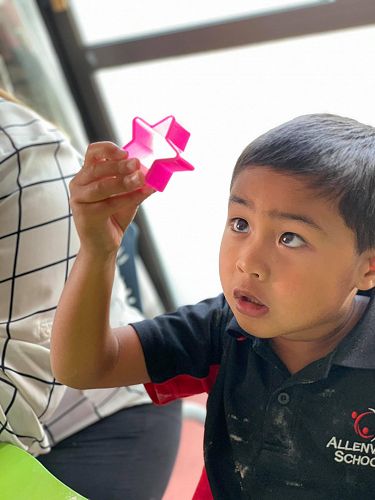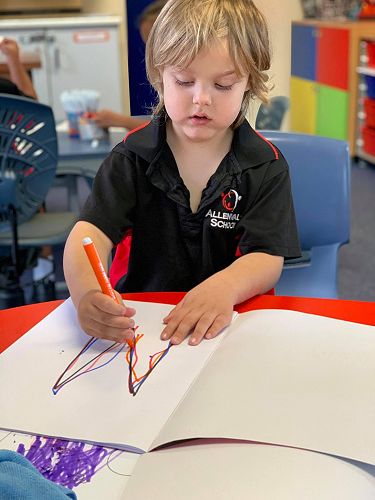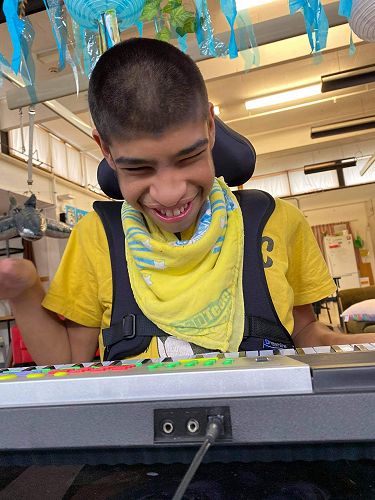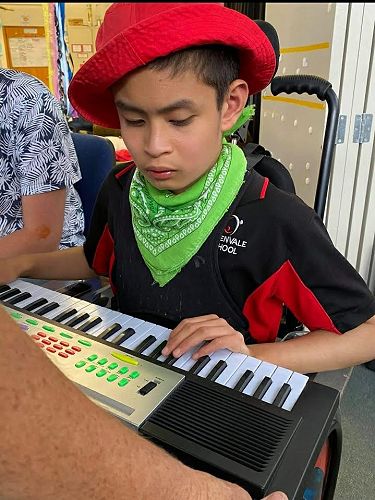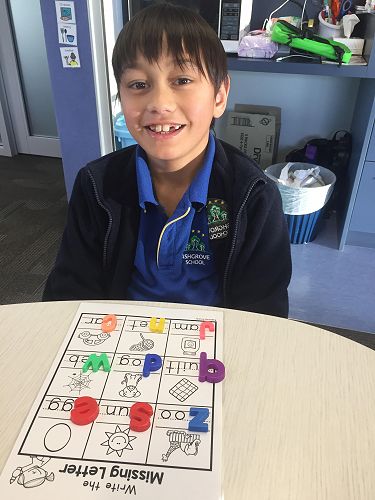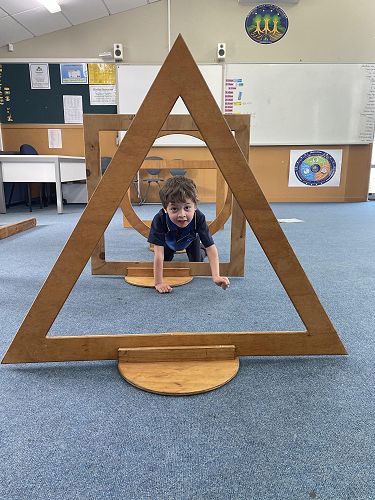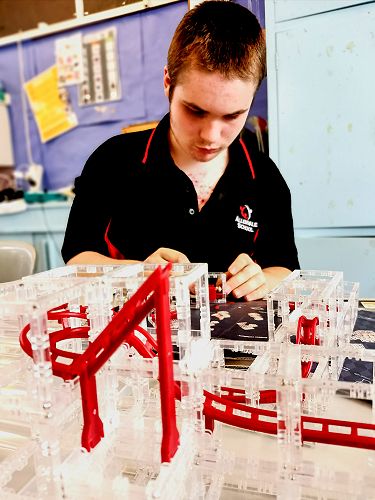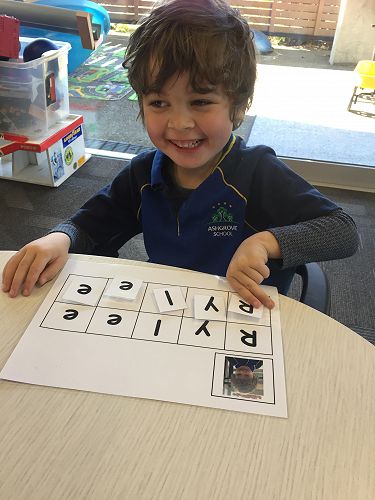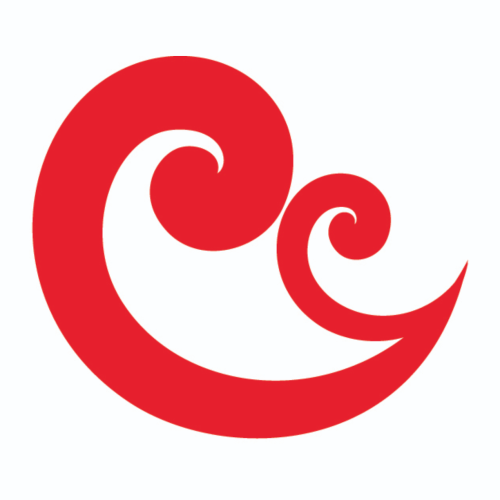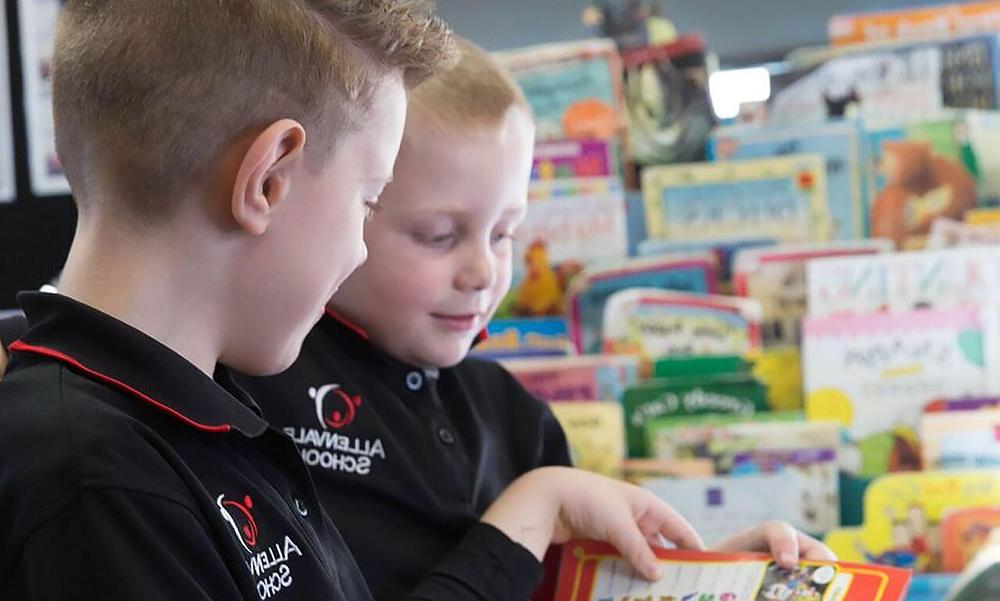
Curriculum
All teaching and learning tasks at Pītau-Allenvale School are adapted to the individual, their strengths and needs.
Our students present with a range of complex learning needs and are working at a range of cognitive levels. Keeping learning functional for the student is at the heart of all our curriculum design. All learning in the classroom needs to have a real-world purpose, e.g. communication and/or be related to the student's strengths and ambitions for the future.
We prioritise three key areas of the NZ Curriculum with the other Essential Learning Areas covered by 'topic-based learning'.
Our key areas of focus are:
ENGLISH
The majority of our students would be considered non-verbal and it is critical that every Pītau-Allenvale Graduate leaves with some ability to express their wants and needs as well as understand others.
We have a highly-skilled specialist team on site, including Speech-Language Therapists, that support class teachers to improve the communication skills of all learners. In some cases, this can be as simple as the ability to express Yes and No in a meaningful way. At the other end of the spectrum, some learners are learning to use digital technologies effectively to communicate with peers, staff and potential employers.
Reading and writing programmes are taught at all age levels in ways that are meaningful for the learners and their individualised goals. Examples range from some students learning to recognise or write their name through to other students writing a speech about their future for the Senior Speech Competition.
MATHS
Functionality is critical to all learning in Maths. For some students, sequencing is a key mathematical skill to help support communication. For example, supporting students to understand and co-construct a visual schedule of the day - first we have `kōrero' then 'bikes' then 'art'. This kind of learning supports predictability for the student and gives them choice and control over the structure of the day.
The development of skills with money and time are two other significant learning areas in our curriculum. For example, being able to read the time and know when to catch a bus or being able to calculate the cost of a shopping list.
HEALTH & PE
The Te Whare Tapa Wha model (Durie, 1984) is at the heart of learning in Health. It is important that we support our learners as best we can to develop their:
- Taha Whānau / Social connectedness - with whānau, peers and the community
- Taha Hinengaro / Mental and emotional wellness - being able to recognise when they are not and ask for help or use strategies tailored to the individual
- Taha Tinana / Physical wellness - being active with regular physical activity and/or connected to sports/recreation clubs in the community
- Taha Wairua / Spiritual wellness - understanding their place in the world and how they can make a contribution
Students are involved in a range of programmes that sit under health such as:
- Developing Personal Identity - so students understand who they are, where they comes from and who they are connected to
- Self-Regulation and Co-Regulation - based on the Zones of Regulation where we support learners to identify how they are feeling and what they can do to help
- Sexuality Education - for all learners, this may start with identifying themselves as a boy or girl at aged 5, through to understanding dating and consent at age 21.
- Regular Physical Activity - as a tool for physical fitness and self-regulation
- PE and Special Olympics - where students participate in inter-school basketball, soccer, futsal, athletics and boccia
- Road-crossing and Bussing programmes - to support students towards future community independence
TOPIC-BASED LEARNING
The following are examples of how the other Essential Learning Areas may be covered by in-class programmes.
TECHNOLOGY
- Cooking - where students design a menu, gather the equipment and create shared kai
- Digital Technologies - where students are taught to use directional language to programme robots to achieve a goal, fixing errors or 'debugging' along the way
THE ARTS
- Visual Arts - using a range of medium from painting to sculpture through to photography and digital design
- Music & Dance - from our Kapa Haka and Whakahuihui groups through senior students learning Ceroc dancing for the Interschool Formal
- Drama - from acting out social stories to support learning Healthy Relationships or participating in the school's bi-annual production
LEARNING LANGUAGES
- Learning a range of expressive and receptive communications systems such as: Te Reo Māori, NZ Sign Language, PODD (Pragmatic Organisation Dynamic Display), PECS (Picture Exchange Communication System), P2Go (Proloquo2go)
SOCIAL SCIENCES
- Students learning about Canterbury / Waitaha, it's history and their connections to the land / whenua.
SCIENCE
- Gardening programmes at school, e.g. using the raised beds outside room 14
- Participation in planting programmes in the community, e.g. Trees for Canterbury
- Activities in the Physical World, where students can predict outcomes, test and review - e.g. managing sensory input - light, sound, touch
Gallery
